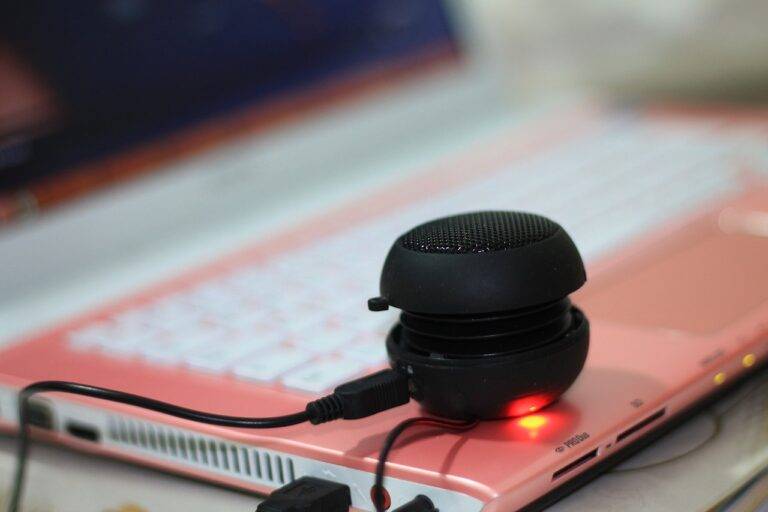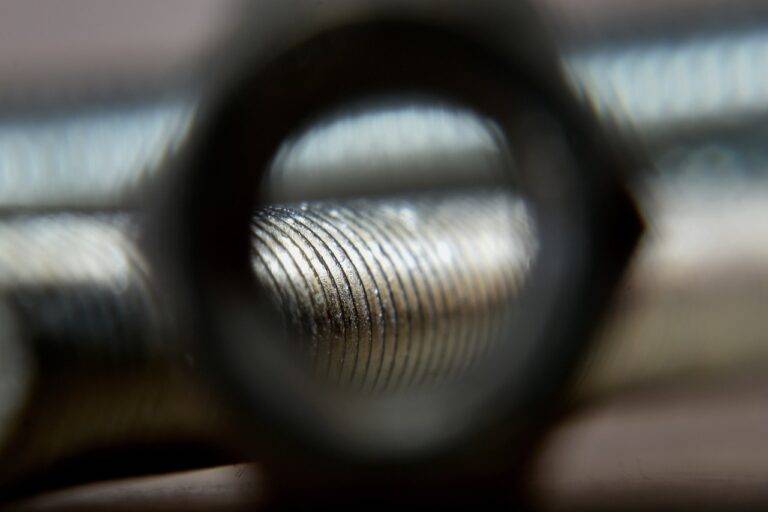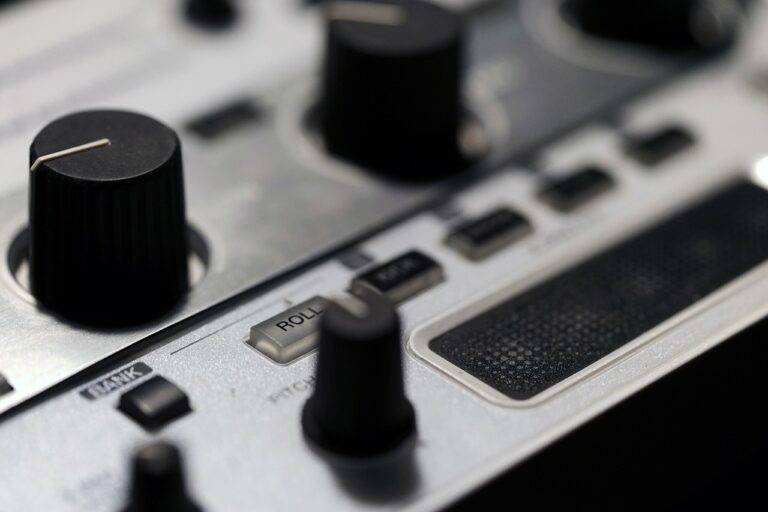Agricultural Drones: Enhancing Crop Management
Agricultural drones offer numerous advantages to farmers around the world. These unmanned aerial vehicles are equipped with advanced technology that allows for precise monitoring of crops, helping farmers detect issues such as pest infestations, nutrient deficiencies, and irrigation problems early on. By providing real-time data and imagery, drones enable farmers to make informed decisions swiftly, ultimately leading to improved crop yield and reduced costs.
Moreover, agricultural drones help farmers save time and labor by automating tasks that would otherwise be time-consuming and physically demanding. With the ability to cover large areas of farmland efficiently, drones offer a cost-effective solution for monitoring crops and assessing their health. This not only streamlines the monitoring process but also allows farmers to allocate their time and resources more effectively, leading to increased productivity and profitability in the agricultural sector.
Increasing Efficiency in Crop Monitoring
Agricultural drones have revolutionized the way farmers monitor their crops, leading to significant improvements in efficiency. These unmanned aerial vehicles equipped with advanced sensors provide farmers with real-time data on crop health, moisture levels, and pest infestations. By swiftly identifying problem areas, farmers can take immediate action to mitigate risks and maximize their yields.
In the past, farmers had to rely on manual methods of crop monitoring, which were time-consuming and often resulted in delayed interventions. With the use of agricultural drones, farmers can now cover large swathes of land in a fraction of the time, allowing for quicker decision-making and more precise treatments. This increased efficiency in crop monitoring not only saves time and resources but also ensures that crops are well-cared for throughout the growing season.
Precision Agriculture Techniques with Drones
Drones have revolutionized precision agriculture techniques by providing a bird’s-eye view of crop fields. Farmers can now easily monitor crop health, identify areas of pest infestation, and assess the overall crop condition without the need for manual intervention. The high-resolution images captured by drones offer detailed insights that help farmers make informed decisions on irrigation, fertilization, and pest control strategies.
In addition to monitoring crop health, drones equipped with multispectral cameras can analyze plant reflections in various wavelengths. This technology enables farmers to detect early signs of nutrient deficiencies, water stress, and diseases, allowing for targeted interventions to optimize crop yield. By incorporating drones into precision agriculture practices, farmers can increase productivity while minimizing inputs, resulting in sustainable and efficient farming practices.
What are the benefits of using agricultural drones?
Agricultural drones offer benefits such as increased efficiency in crop monitoring, reduced time and labor costs, improved crop management decisions, and enhanced yield predictions.
How do agricultural drones help in increasing efficiency in crop monitoring?
Agricultural drones equipped with various sensors can provide real-time data on plant health, moisture levels, and pest infestations, allowing farmers to make informed decisions and take timely actions to improve crop yields.
What are some precision agriculture techniques that can be implemented with drones?
Precision agriculture techniques such as variable rate application, crop scouting, and field mapping can be effectively implemented using drones to optimize inputs, monitor crop health, and improve overall farm management practices.





